Problems with Wisteria
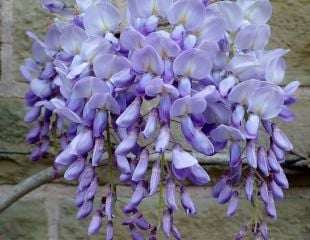
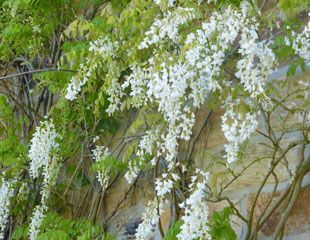
Wisteria in full bloom is a wonderful sight, long racemes of pea-shaped flowers and the air filled with scent.
Sometimes it doesn't work out quite like that and so here were looking at problems with Wisteria.
A common problem is a persistent, by which I mean more than one season, lack of flowers. A failure to adopt the correct pruning regime usually causes this. For information on how to prune Wisteria, and when, check out information on the web page and also videos on the topic.
So assuming you have pruned correctly what is causing the problem? Nearly always, the weather.
Late frosts destroying flowers
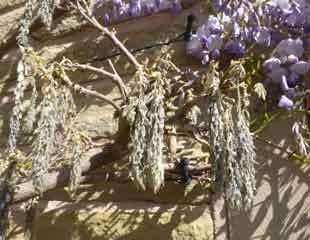
I took image was taken in May 2017. And it is a sorry sight. First, during March we had temperature a bit above normal which hastened the Wisteria growth and coming into bloom. Then we had a severe frost, or at least I did in the Pennines. As a result, about three quarters of the Wisteria blooms were destroyed by frost.
Wisteria is fairly tough, but late and severe frost can damage the delicate flower buds. To minimise this, always plant Wisteria in a sunny sheltered spot. If frost does strike and damage the buds, it is a shame, but not permanent. The wisteria will come into leaf normally, you may get a second late show of flowers and next year it will be fine, weather permitting.
No flowers or leaves all down to the weather.
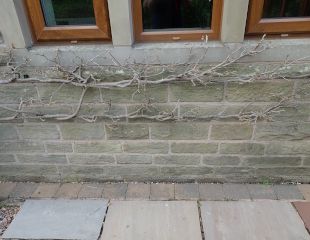
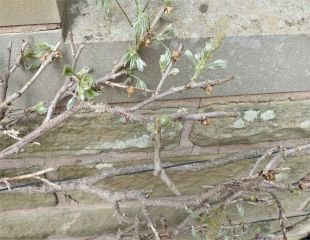
This is a different problem. I took these images in May and June 2021. During May the Wisteria should have been in full bloom followed by full leaf growth into June, instead nothing.
You can watch the video explanation. This was all caused by strange weather. Spring was warm, very warm even in the Pennines. It was hitting 20C and bursting the garden into growth. This was not a one off spike, there was a prolonged warm spell. And then a sudden shift downwards temperatures dropping by over 15 degrees.
At the time, I didn't think too much about it. I notice a lot of frost burnt growth on shrubs and roses, and later pruned it out. Then I noticed the Wisteria looked, frankly, dead. No flower or leaves.
I waited, and nothing happened. I took another respectable gardener's advice. Wisteria are grafted plants, and there can be a catastrophic failure of the graft, even a sudden death syndrome. This seemed all very sad, and the prospect of trying to dig it out under the slab was unappealing. So I did nothing.

Then this happened. A few flowers and some leaves. Not a full-blown Wisteria experience, but not dead either.
The Wisteria had definitely looked dead, and some pronounced it dead. It is always worth a wait and see.
Very unusual weather can really derail plants. This Wisteria was about 6 weeks delayed, simply by weather.
Next time you are faced with a baffling problem, stop and think back. What was the weather doing? Whilst we were revelling in the lovely warm spring weather, and just put the heating on when the temperature plummeted, the wisteria had an enormous shock, enough to temporarily stop it in its tracks.
Problems getting a young Wisteria going.
Wisteria is a vigorous climbing plant. Usually you cannot stop it which is in part why it gets pruned twice a year.
But it can also be tricky to get going.
Two things: firstly always buy a plant in May which is in flower, so you know it can flower.
Secondly, traditionally Wisteria is planted to grow up a wall, often on the South side of a house. This can be a dry spot. A mature wisteria will love basking in the sun, but just till it gets going water, the plant until it is established with its roots down to search out moisture for itself. Planting alongside a house wall is also likely to be a rain shadow, making it even drier. A plant which is getting insufficient water will struggle, may grow more slowly and flower less. It is an ideal spot once the Wisteria is established, just some extra watering for the first couple of yeaers.
